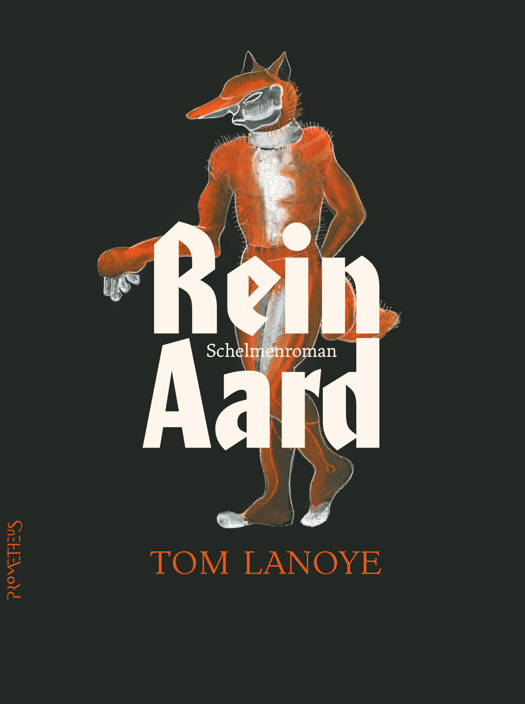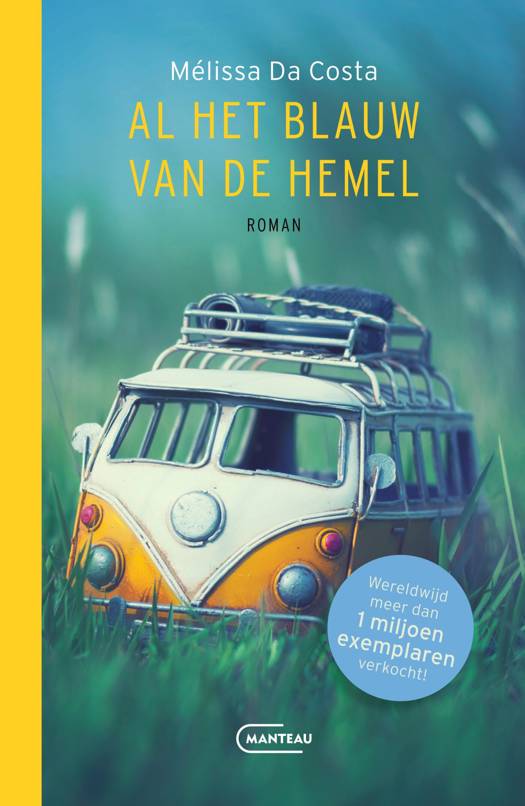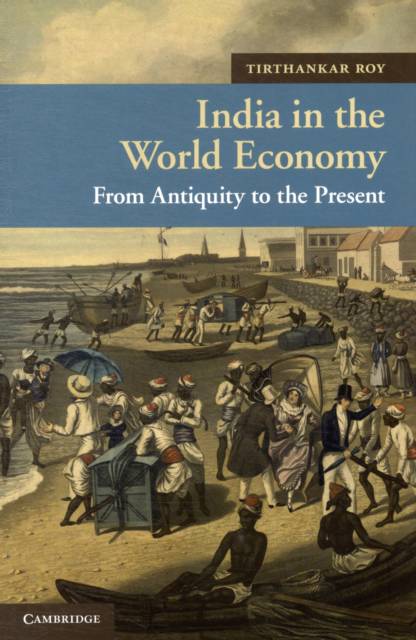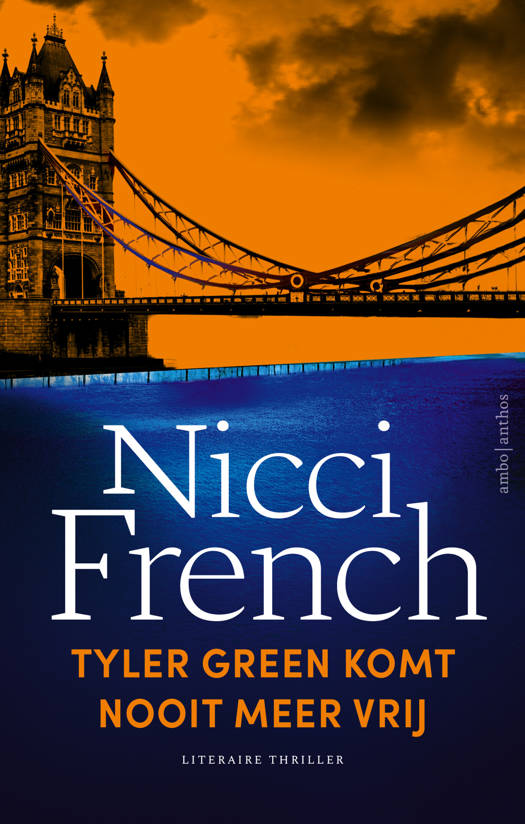
- Afhalen na 1 uur in een winkel met voorraad
- Gratis thuislevering in België vanaf € 30
- Ruim aanbod met 7 miljoen producten
- Afhalen na 1 uur in een winkel met voorraad
- Gratis thuislevering in België vanaf € 30
- Ruim aanbod met 7 miljoen producten
Zoeken
€ 59,45
+ 118 punten
Uitvoering
Omschrijving
Cross-cultural exchange has characterized the economic life of India since antiquity. Its long coastline has afforded convenient access to Asia and Africa, and trading partnerships formed in the exchange of commodities ranging from textiles to military technology and opium to indigo. In a journey across 2,000 years, this enthralling book written by a leading South Asian historian, describes the ties of trade, migration, and investment between India and the rest of the world, showing how changing patterns of globalization reverberated on economic policy, politics, and political ideology within India. Along the way, the book asks three major questions. Is this a particularly Indian story? When did the big turning points happen? And is it possible to distinguish the modern from the pre-modern pattern of exchange? These questions invite a new approach to the study of Indian history by placing the region squarely at the center of the narrative. This is global history written on India's terms and, as such, the book invites South Asian, Indian, and global historians to rethink both their history and their methodologies.
Specificaties
Betrokkenen
- Auteur(s):
- Uitgeverij:
Inhoud
- Aantal bladzijden:
- 298
- Taal:
- Engels
- Reeks:
- Reeksnummer:
- nr. 10
Eigenschappen
- Productcode (EAN):
- 9781107401471
- Verschijningsdatum:
- 18/06/2012
- Uitvoering:
- Paperback
- Formaat:
- Trade paperback (VS)
- Afmetingen:
- 150 mm x 226 mm
- Gewicht:
- 408 g
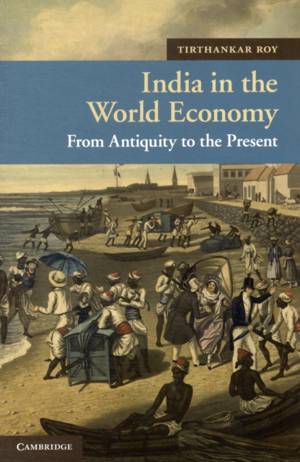
Alleen bij Standaard Boekhandel
+ 118 punten op je klantenkaart van Standaard Boekhandel
Beoordelingen
We publiceren alleen reviews die voldoen aan de voorwaarden voor reviews. Bekijk onze voorwaarden voor reviews.



